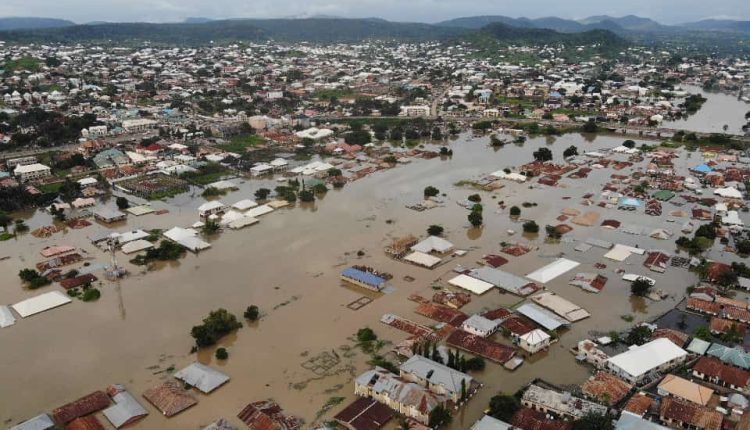Human activities, climate change and the negative effects on humans by Ebi Dressman
Climate change is a long-term shifts in temperatures and weather patterns. These shifts may be natural or due to human activities through variations in the solar cycle.
Human activities have been the major driver of climate change due to burning of fossil fuels like coal, oil and gas, deforestation, bush burning and other activities. Some of the green-house gas emissions that are causing climate change includes carbon dioxide and methane.
And these activities said to have seriously contributed to climate change and have been the reasons why we are consistently experiencing some natural disasters like flooding, longer rain fall etc.
The consequences of climate change now include; intense droughts, water scarcity, rising sea levels, flooding, catastrophic storms and declining biodiversity.
Due to issues on climate change, the 13 United Nation Sustainable Development Goals (SDG) with 5 Targets was made to address Climate Action all over the world.
Nigeria enacted her Climate Change law in 2021.
According to report, the yearly flooding which has become a reccurring decimal is due to climate change occassioned by human activities.
The devastating flooding we are experiencing today has been linked to a longer heavy rainfalls, overflow of local rivers due to the devastating impacts of climate change but most consequentially to the release of excess water from the Lagdo Dam in Northern Cameroon. According to NIMET report, 2022 was predicted to experience longer rain due to rise in global temperature.
The major reason of releasing water from the Lagdo dam and others is as a result of overflow of water in the dam due to consistent longer rain fall and rise in sea level. The quick rise of water level in the dams has led to the consistent release of water into the environment…and if such water is not released, the wall of the dam may damage and the effect will be more severe than what we are already experiencing.
NEMA in a terse press statement on September 19 said:
“The Lagdo dam operators in the Republic of Cameroon have commenced the release of excess water from the reservoir by September 13, 2022.”
The construction of the Lagdo Dam said to have been started in 1977 and was completed in 1982.
Report indicate that Cameroon and Nigeria were supposed to build two dams at inception, such that the Nigerian dam, known as Dasin Hausa dam which was to be in Adamawa State, would contain water released from the Lagdo Dam at any point in time. The Dasin Hausa dam was supposed to be two and a half the size of the Lagdo dam, meant to supply electricity to the Northern part of Cameroon and also aid irrigation.
But sadly, successive Govt in Nigeria have refused to build the Dasin Hausa dam to control the excesses from the Cameroon lagdo dam which have continued to cause serious consequences on frontline states and communities along the rivers Niger and Benue.
This article was originally written by Ebi Dressman












